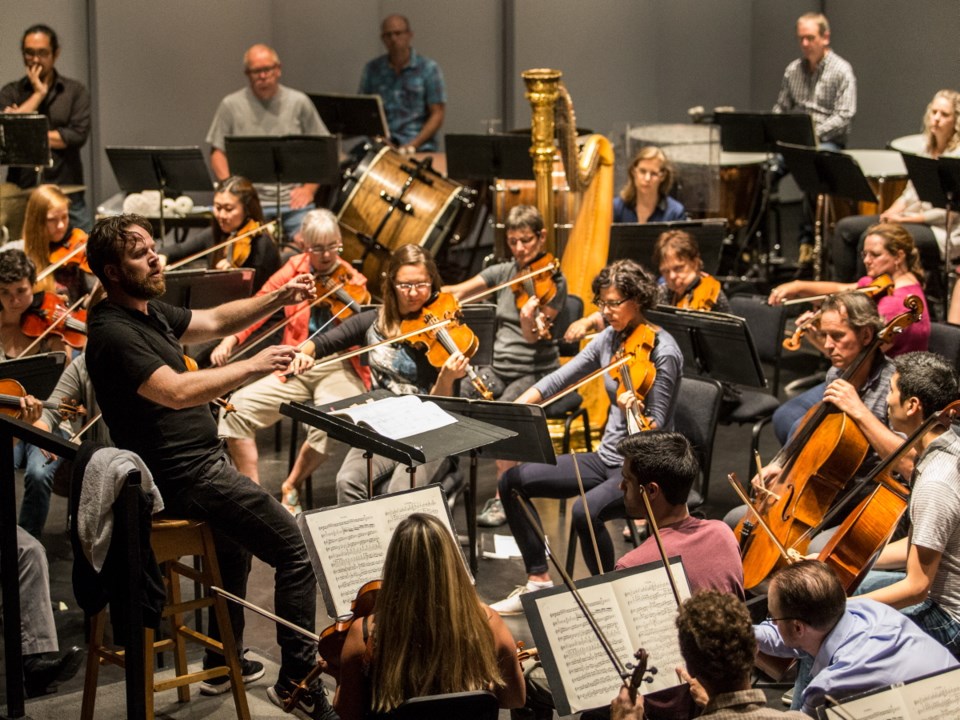The mysteries of teaching and learning remain essentially unresolved, even after innumerable attempts by psychologists, learning theorists, brain researchers and a host of others to understand what is actually happening as teachers teach and kids learn.
It is possible to determine, for example, that learning of a kind has occurred when facts learned can be reproduced on a standardized test. That might have nothing to do with the learner’s ability to correlate those facts to other facts — say, understanding the connection between a fact of history to a fact of geography or science.
It is equally difficult to understand why some kids demonstrate creative abilities in art, music, drama, even literature while others are much more comfortable in a lab, carefully measuring and recording data. Still other students who have long since eschewed any interest in “book learning” are completely at home with the tools in a woodworking shop or the auto mechanics courses.
Others, mediocre in the classroom, demonstrate an unsuspected brilliance as athletes.
Being logical people, we seek to determine explanations for these observable differences.
In recent years, many teachers have taken courses in what is described as brain-based learning, which is the application of a meaningful group of principles that represent our understanding of how our brain works in the context of education.
Research in the fields of neuroscience, cognitive science and even physiology has contributed to the notion that understanding more about how the brain works would shed some light on the mysteries of the teaching-learning relationship.
Despite the popularity of the idea, advocates of brain-based learning are quick to point out that this is not a panacea or magic bullet to solve all of education’s problems and that there is not yet a “one size fits all” brain-based program, model or package for schools to follow.
It did not take long, however, for writers of all kinds — bloggers, Facebookers and even some legitimate researchers — to conclude that much of the theory behind brain-based learning was founded on what they describe as “neuromyths.”
The notion of “learning styles,” right brain-left brain learning preferences, the idea that listening to classical music increases a child’s reasoning ability and the belief that brain development has finished by the time children reach puberty have been seen as widely accepted “neuromyths” that were harmful to the teaching-learning process.
It is a debate that, as with all good debates in education, has a smidgeon of science on both sides.
It is also a debate that doesn’t contribute much at all when a teacher meets each day, not with a few individual children as with a medical model, but with a classroom of 20 to 30 children, each of whom exhibits undeniable individual differences — brain-based or not.
Now the British Psychological Society in its own Research Digest has published an article asking “Are Educational Neuromyths Actually Harmful?”
The article, by Christian Jarret, a cognitive neuroscientist, science writer and post-doctoral researcher at the University of Manchester, quotes the findings of a team at the University of Melbourne, led by Jared Horvath, who have pointed out that neuromyths having a negative effect on teaching practice is merely an assumption.
“Put simply,” they write in Frontiers in Psychology, “there is no evidence to suggest neuromyths have any impact whatsoever on teacher efficacy or practice.”
Horvath’s team tested the assumption that belief in neuromyths might do more harm than good to teaching-learning by comparing belief in the neuromyths among 50 award-winning teachers from the U.K., U.S. and Australia with the belief in these same myths shown by hundreds of trainee and non-award-winning teachers.
Overall, their findings suggested that the idea about neuromyths harming teaching might itself be a neuromyth.
“As has been frequently noted, there is a real risk of neuroscience being misapplied in educational contexts,” the researchers said. “However, in combating this occurrence, it is imperative researchers do not simply create a different mythology equally devoid of evidence.”
In other words, neuromyths or not, the notions that surround the idea of brain-based learning are at least a place to start when trying to understand more about why different children at least appear to learn in different ways and at different rates.
“Nonetheless,” cautions the Horvath report, “if further research supports the idea that neuromyths have a negligible effect on teaching, this would not be the first time that concerns about misunderstanding neuroscience have turned out to be somewhat overhyped.”
Geoff Johnson is a former superintendent of schools.



